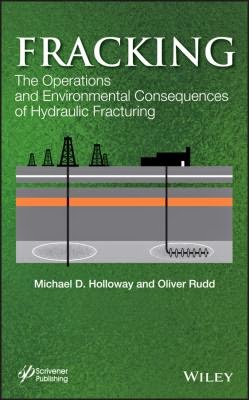In the media, there are many reports of college students
misusing prescription drugs to enhance their ability to study; see, for example, WebMD, CNN and the New York Times.
As we move into finals week, some readers may be planning on using study drugs to help their grades. For these readers I want you to understand how these drugs affect your body and why you may want to refrain from using them if you have other medical conditions. Whether you plan on using study drugs or not, I hope that you find this information interesting and that you will be able to use some of the Science Library’s resources to learn more about them.
What are study drugs?
Study drugs are substances taken to increase mental functions such as attention, concentration, alertness, memory, motivation, planning, and decision-making. The most widely used are stimulants such as methylphenidate (Ritalin, Concerta), amphetamine (Adderall), and modafinil (Provigil). These medications are widely prescribed because they are useful for controlling symptoms of attention deficit hyperactivity disorder (ADHD) (methylphenidate, amphetamine) or excessive daytime sleepiness associated with narcolepsy and other sleep disorders (modafinil, amphetamine, methylphenidate). (1)
In the last two decades, there has been a dramatic increase in stimulant prescriptions, probably due to increased awareness and diagnosis of these disorders. This has led to greater availability of these drugs for people that were not prescribed them. (2)
How do they act?
They act similarly to a family of key brain neurotransmitters called monoamines, which include norepinephrine and dopamine, by enhancing their effects. The increase in their effects can induce a feeling of euphoria when stimulants are taken nonmedically. This can lead to addiction and abuse of these drugs. (2)
Stimulants also increase the action of the sympathetic nervous system; increasing blood pressure and heart rate, constricting blood vessels, increasing blood glucose, and opening up breathing passages. (2)
Problems with study drugs:
Stimulants increase alertness, attention, and energy, as well as elevate blood pressure, heart rate, and respiration. However, withdrawal can result in symptoms that are opposite to the positive effects, including fatigue, depression, and disturbed sleep. Abuse of stimulants can lead to feelings of hostility, paranoia, and psychosis. High doses can result in dangerously high body temperature and irregular heartbeat as well. Additionally, there is the potential for cardiovascular failure or seizures with abuse of stimulants. (1)
Study drugs can interact with other medications you are taking or with pre-existing medical conditions. Do not mix stimulants and over the counter cold medicines that contain decongestants, because combining these substances can cause dangerously high blood pressure or irregular heart rhythms. (2) If you are getting sick during finals week and taking medicine, you should avoid taking stimulants.
Do not use stimulants like Adderall if you have glaucoma, severe anxiety, heart problems, or a family history of muscles twitches or Tourette’s syndrome. You should also avoid using them if you have taken a monoamine oxidase (MAO) inhibitor in the past two weeks because a dangerous drug interaction could occur. MAO inhibitors include isocarboxazid, linezolid, phenelzine, rasagiline, selegiline, and tranylcypromine (3).
Additionally, there is limited and inconsistent evidence to support the pro-cognitive effects of these drugs in healthy, non-sleep-deprived individuals, though they are often perceived that way by those who are taking them (4).
If you want to know more:
Search SciFinder, PubMed, or Web of Science; try keywords such as nootropics, amphetamines, academic doping or cognitive enhancing drugs. You may want to start by filtering for reviews. If you want a more general overview, try a subject search in OBIS on substance abuse. Here are two useful reference sources:
Psychopharmacology : drugs, the brain, and behavior, 2nd ed / Jerrold S. Meyer, Linda F. Quenzer
Sunderland, Mass. : Sinauer Associates, c2013
If you want assistance, come to the science library reference desk and we can help you search.
Sources:
- Steiner H., Van Waes V. Addiction-related gene regulation: risks of exposure to cognitive enhancers vs. other psychostimulants. Prog Neurobiol. 2013 Jan;100:60-80. doi: 10.1016/j.pneurobio.2012.10.001. Epub 2012 Oct 17.
- http://www.drugabuse.gov/publications/research-reports/prescription-drugs/stimulants
- http://www.drugs.com/adderall.html
- Hildt E, Lieb K, Franke AG. Life context of pharmacological academic performance enhancement among university students – a qualitative approach.BMC Medical Ethics 2014;15:23. doi:10.1186/1472-6939-15-23.
Contributed by James Medina, Science Library Student Reference Assistant

_structure.png)
























